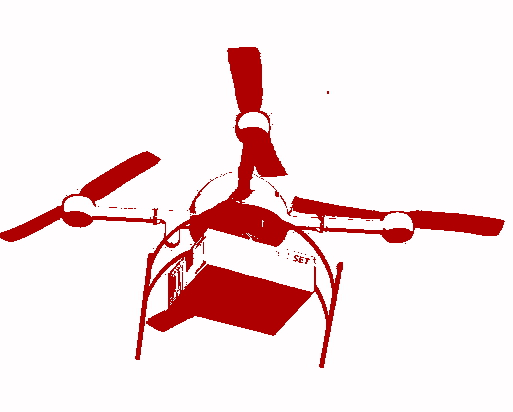Drone plan scores green points
 Experts say drone delivery could help cut transport emissions.
Experts say drone delivery could help cut transport emissions.
The use of drones for delivery of small commercial packages could reduce greenhouse gas emissions and energy use in the freight sector in certain situations, according to new modelling.
A study from the Lawrence Livermore National Laboratory in the US has identified scenarios where adoption of drone-based delivery would result in environmental benefits over truck-based delivery.
Widespread adoption of drones for commercial package delivery is expected to become a reality in the future, with faster delivery times than currently provided by trucks.
This shift from fossil-fuel powered vehicles to battery-run drones is expected reduce greenhouse gas emissions and energy use.
The researchers compared the impacts of the type of drone expected to be used for package delivery, and diesel-powered delivery trucks.
They developed an energy use model to show that although drones consume less energy per package and kilometre than trucks, they require additional warehousing (sites for storage), which increases energy demand and greenhouse gas emissions.
Despite this, the model shows that for light-package delivery (0.5 kg) by small drones (such as quadcopters), energy use and greenhouse gas emissions are lower than for truck-based delivery.
For delivery of medium-sized packages (8kg), drones produced around 10 per cent lower greenhouse gas emissions than truck delivery in some circumstances.
The authors caution that higher than expected warehousing needs and improvements in ground-vehicle energy efficiency should be considered in the future by regulators and firms considering implementing drone-delivery systems.








 Print
Print